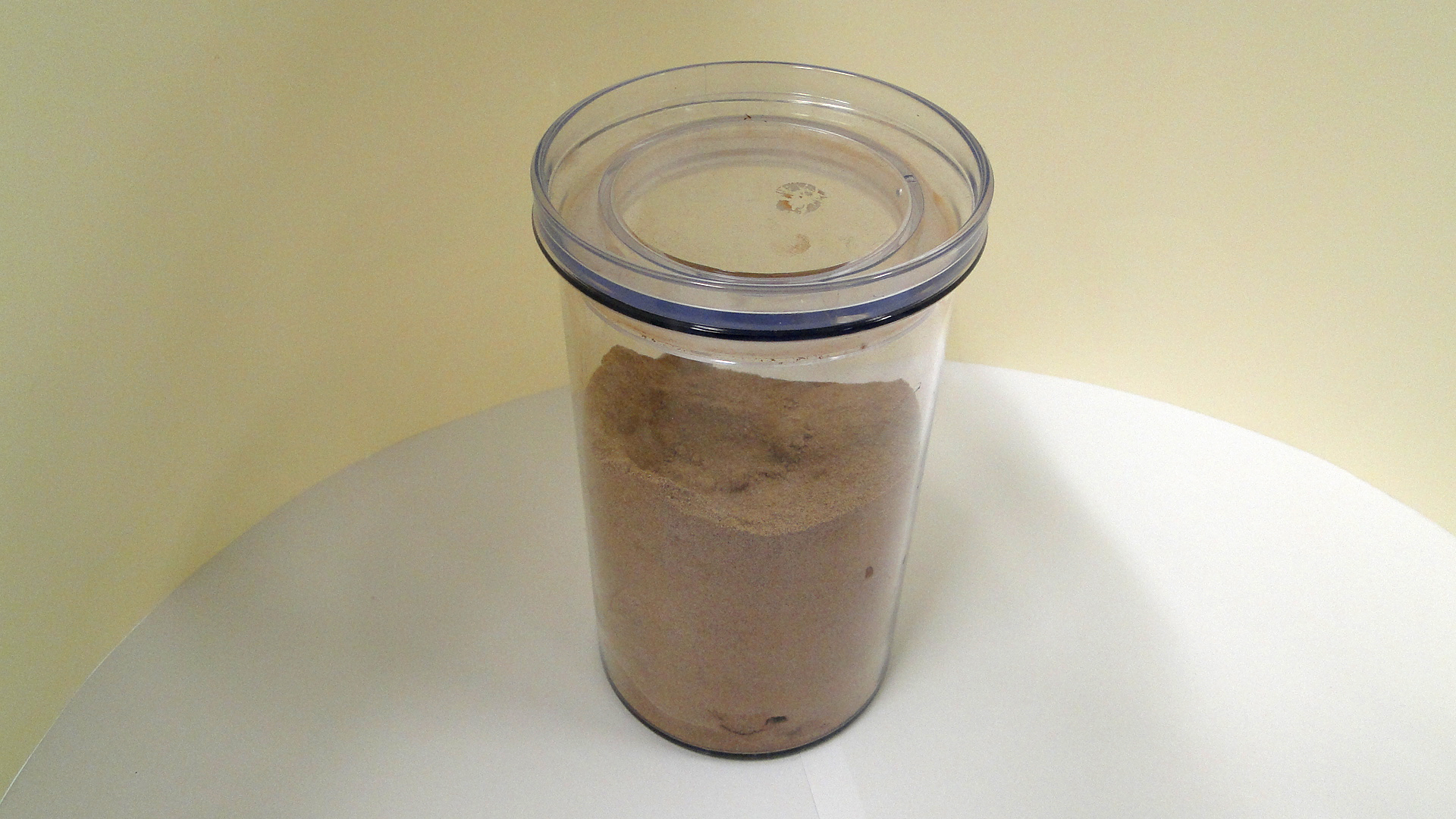Plastics
Styrene acrylonitrile (SAN)
General information
Description
Styrene acrylonitrile (SAN) belongs to the Styrene family and has similar properties as ABS. It is very rigid and has a high impact strength. Contrary to ABS it can be produced as transparent material. It can have a high gloss. It is not particularly inexpensive and often used for quality products.History
SAN was first patented in 1938. It has been commercially available since the 1940s. It was succeeded in the 1950s by ABS.Production, Application, Appearance
SAN is resistant to fats and oils and to cleaning agents and is dishwasher proof. Therefore, it is used for the manufacture of domestic products, automotive industry, and electrical appliances.Properties
Material properties
ThermoplasticDensity: 1.07-1.09 g/cm3
Melting point: 106°C
Glass transition temperature: 103-112°C
Identification properties
Cell structure (foam): not applicableSmell: no characteristic smell
Touch: no characteristic touch
Sound: can make a tinny sound
UV-radiation (when clear): fluoresces blue clearly
Polarizing filters (for clear PS): not applicable
Degradation
Process
Photo-oxidation.Details
SAN is not considered a problem plastic.Symptoms
Discolouration, loss of mechanical properties resulting in tears and fractures, material becomes brittle.Susceptibility
UV-radiation: MediumLight: Medium
Oxygen/Ozone: Low
Temp: High - becomes brittle below 0°C
RH: Medium
Preventive conservation
Recommendations
UV-RADIATION: keep below 75 µW/lm UV filter for daylight and fluorescent light - reduce intensityLIGHT: 1 slight change in approx. 30 Mlx.h Moderate light dose - control intensity and exposure time
OXYGEN / OZONE: ambient conditions
TEMP: Do not keep below 0°C
RH: common museum conditions 40-60% RH fluctuations: setpoint ±10% or ±5% when allowing seasonal fluctations between 35-65%



